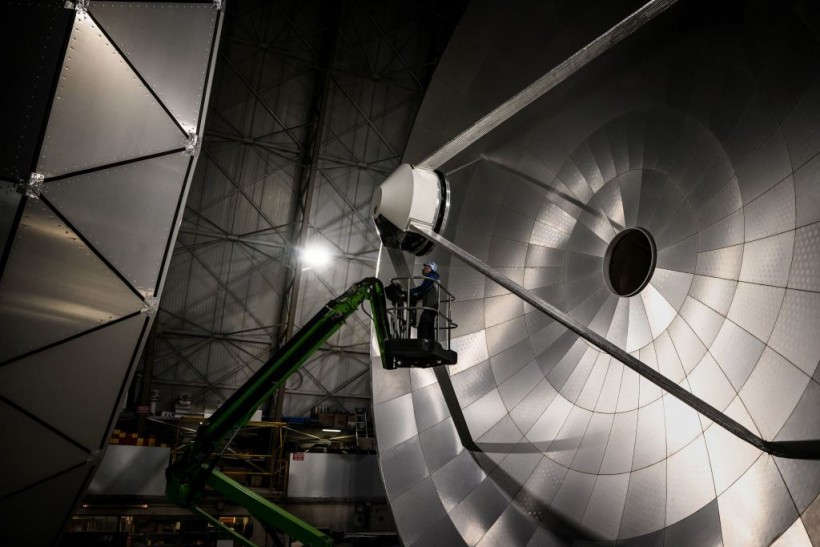With its ability to record light that has been traveling to Earth for 13 billion years, dating back to when the universe was only 600 million years old, the French Alps-based Northern Extended Millimeter Array (NOEMA) telescope will enable scientists to conduct previously unheard-of observations of the cosmos.
The 12-antenna telescope was officially opened on September 30 and quickly became the most powerful millimeter radio telescope in the Northern Hemisphere.
NOEMA will continue to work with the Event Horizon Telescope to help research black holes and study stars at all phases of their lifetimes. As a result, it will be crucial in assisting astronomers in resolving some of the most important problems about the cosmos.
NOEMA To Examine Cosmos
Space.com said NOEMA and other millimeter radio telescopes examine electromagnetic light with wavelengths in the millimeter range. Different forms of light are emitted by cosmic objects like galaxies, nebulas, and stars depending on their composition, temperature, and age. This implies that astronomers must integrate observations and data gathered at various wavelengths in order to provide a more comprehensive image of an object.
The newly powered-up NOEMA telescope is one of the few radio observatories in the world that can gather information on several molecular and atomic signatures - the "fingerprints" of molecules and atoms - simultaneously. Astronomers refer to these observations as "multiline observations."

An IRAM (Institute of Millimetric Radio Astronomy) member works on the maintenance of an antennae part of the NOEMA (Northern Extended Millimeter Array) radio telescope on the « Plateau de Bure » in Saint-Etienne-en-Devoluy near the Superdevoluy resort, on September 20, 2022. - The observatory is managed by the Institute of Millimetric Radio Astronomy (IRAM), jointly financed by France, Germany and Spain. NOEMA is the most powerful millimeter radio telescope in the northern hemisphere.
ALSO READ: Asteroid Ryugu Was Once a Meteorite, Japan's Hayabusa 2 Mission Says
This indicates that the equipment is ideally suited to investigate materials present in the space between stars. This so-called interstellar medium, from which stars and planets are formed, is mostly made up of hydrogen and helium gas with trace amounts of heavier elements.
NOEMA will also be used by astronomers to analyze the makeup of whole galaxies and cold matter that resides only a few degrees above absolute zero, the imaginary temperature at which all atomic movement ends.
About NOEMA
NOEMA was causing a stir in astronomy even before operating at its full potential. The radio telescope discovered one of the most distant galaxies ever seen, which originated soon after the Big Bang. At the dust-filled center of a galaxy known as a "starburst," where star formation occurs quickly, NOEMA also found the first instance of a black hole growing swiftly.
NOEMA was launched on September 30 at a ceremony attended by several notable astronomers, including Reinhard Genzel, one of the recipients of the 2020 Nobel Prize in Physics. NOEMA is the result of 40 years of scientific collaboration throughout Europe.
The NOEMA system's first antenna was officially opened in 2014, and the telescope presently has 12 antennae. The French National Center for Scientific Research released a statement saying that the length of the rails that all 12 antennas can travel along had been increased from 2,500 feet (760 meters) to little over a mile (1.7 kilometers).
RELATED ARTICLE: Japan's Martian Moons eXploration (MMX) Aims to Take Home Samples From Martian Moon Phobos
Check out more news and information on Space in Science Times.














